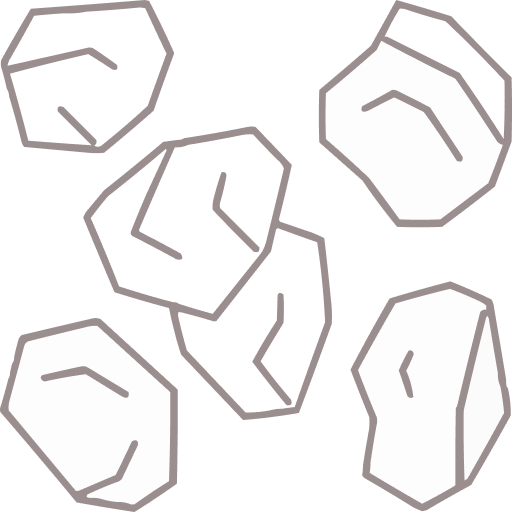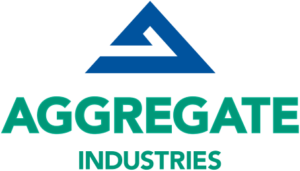Quality Tarmac Driveways Nottinghamshire
At DB Construction, our expertise lies in delivering premium tarmac driveways and surfacing solutions tailored to the unique requirements of residential and commercial clients in Nottinghamshire. Renowned for its durability, versatility and cost-effectiveness, a tarmac driveway is a highly popular choice. It represents a sound investment, capable of significantly elevating a property's value and overall aesthetic appeal.
We take great pride in our craftsmanship and are committed to delivering unparalleled service and exceptional results. Our team offers free on-site consultations and estimates, ensuring transparency throughout the project lifecycle. We prioritise close client collaboration, ensuring their satisfaction every step of the way. Our goal is to provide tarmac driveways and surfacing solutions that not only fulfil their functional needs but also exude timeless beauty and unmatched quality.
Landscaping Excellence
I was thrilled to share my enchanting landscaping journey with DB Construction. They didn’t just create a yard; they crafted a paradise tailored to my dreams! 5 stars and thumbs up all the way.
Outstanding Outdoor Makeover
Thanks to DB Construction, my backyard is now a blissful retreat. From dreamy designs to cosy corners, they’ve made every detail a delight! I can’t recommend them enough.
Beautiful Driveway Transformation
I’m over the moon with my jaw-dropping driveway courtesy of DB Construction. Every inch radiates elegance, making me smile every time I pull in! I highly recommend them for your driveway.
Get A Free Quote Today
Get in touch with us via this form and we'll get back to you regarding your enquiry.
"*" indicates required fields
Our Nottinghamshire Driveways
Our dedicated team of specialists boasts many years of expertise, we excel in delivering top-notch driveway services. The different types of driveways we install in Nottinghamshire include:

Block Paving
Upgrade your driveway with our stunning block paving solutions. Elevate your home's exterior with durable, stylish, and customisable options.

Resin Bound
Transform your driveway with our sleek and durable resin surfacing. Enjoy a low-maintenance, long-lasting solution that enhances your property's appeal.

Tarmacadam
Upgrade your driveway with our reliable and durable tarmacadam surfacing. Benefit from a smooth, hard-wearing finish that adds both functionality and style to your property.

Gravel
Transform your driveway with our versatile and cost-effective gravel surfacing. Enjoy a rustic yet elegant look that enhances your property's appeal while providing easy maintenance.
Trusted Tarmac Driveway Experts in Nottinghamshire
At DB Construction, our tarmac services are diverse, covering new driveway installations, repairs, resurfacing and maintenance. Our expertise extends beyond Nottinghamshire, reaching clients in surrounding areas as well. With advanced equipment and extensive knowledge, our team is skilled at handling projects of any size or complexity.
We prioritise collaboration with our clients, actively listening to their specific requirements and preferences. This approach allows us to craft customised solutions that precisely meet their needs and budget. Recognising the uniqueness of each project, we aim to deliver tailored tarmac surfacing solutions that exceed our client's expectations.
Qualified & Experienced Tarmac Contractors Nottinghamshire
In addition to our expertise in tarmac driveways in Nottinghamshire, we offer tarmac surfacing for various outdoor areas, including car parks, walkways and paths. Employing premium-grade materials and advanced techniques, we ensure a slip-resistant, durable and low-maintenance surface.
Our commitment to using high-quality materials guarantees the longevity of our tarmac surfaces. Prioritising slip resistance enhances safety for both pedestrians and vehicles. Furthermore, our wide selection of colours and finishes allows us to seamlessly match the style and design of any property. Whether it's a car park, a walkway or any other outdoor area, our goal is to deliver tarmac surfacing solutions that combine visual appeal with functionality and long-lasting performance.
Benefits Of Our Tarmac Surfacing Service in Nottinghamshire
At DB Construction, we understand the significance of choosing professional tarmac surfacing contractors for your driveway, car park or pathway projects. With our years of experience and dedication to excellence, we are committed to delivering superior results that exceed your expectations. Here are some key benefits of entrusting your tarmac surfacing needs to our expert team:
Expertise & Experience
Our professional contractors possess extensive knowledge and expertise in tarmac surfacing techniques. With years of experience in the industry, we have honed our skills to ensure flawless execution and outstanding results for every project.
High-Quality Materials
We utilise only the highest quality materials for tarmac surfacing, ensuring durability, longevity and resistance to wear and tear. Our access to premium-grade materials guarantees superior outcomes that stand the test of time.
Advanced Equipment
Equipped with state-of-the-art machinery and tools, our team can efficiently handle projects of any scale or complexity. From initial preparation to final finishing touches, our advanced equipment enables us to deliver precise and professional results.
Cost-Effectiveness
While some may consider DIY tarmac surfacing, hiring professionals can ultimately save you time and money in the long run. Our efficient processes and expertise ensure optimal utilisation of resources, minimising wastage and reducing overall project costs.
Enhanced Property Value
Professionally installed tarmac surfacing can significantly enhance the aesthetic appeal and value of your property. Whether for residential or commercial purposes, our expertly crafted surfaces create a lasting impression and elevate the overall appearance of your property.
Customised Solutions
We understand that every project is unique and we tailor our services to meet your specific requirements and preferences. Whether you need a new driveway, car park or pathway, we work closely with you to design customised solutions that align with your vision and budget.
Professional Tarmac Driveway Surfacing Solutions Nottinghamshire
Looking for top-notch tarmac services in Nottinghamshire? Look no further! Our tarmac services are designed to meet all your surfacing needs with excellence. We deliver comprehensive tarmac surfacing solutions tailored to meet diverse needs, whether it’s for residential, commercial or industrial projects.
Our premier tarmac services in Nottinghamshire include:
- Tarmac driveways
- Tarmac paths
- Tarmac car parks
- Tarmac road entrances
- Dealership forecourts
- Driveway edging
With our expertise and dedication to quality, you can trust us to deliver exceptional results that exceed your expectations.
Why choose DB Construction for your tarmac driveways in Nottinghamshire?
Most of our work comes from recommendations by existing customers, which is a testament to our level of service and workmanship. You can rely on our expertise and professionalism when it comes to quality tarmac driveway surfacing solutions.
- Qualified and experienced staff
- All work guaranteed
- Quality products, affordable prices
- Competitive local pricing
- Free site surveys
- No obligation quotations
- Fully insured local company
- Reliable, trusted and friendly staff
- Installation, maintenance and repairs
- Highly recommended
- Environmentally friendly practices
- Excellent customer support
Frequently Asked Tarmac Driveways & Surfacing Questions
Our customers often ask for advice about our solutions, so we have put together a list of the most common questions and their answers
Properly installed and maintained tarmac driveways are resistant to cracking. However, factors such as heavy loads, extreme temperatures or poor installation practices can contribute to cracking. Regular maintenance and timely repairs can help prevent and address any issues.
Yes, tarmac driveways can be customised to suit your preferences. While traditional tarmac is typically black, you can choose from a range of colours and finishes, including red, green or textured surfaces, to complement your property’s aesthetics. You can also choose from a wide range of edging options and block paving or resin features.
Yes, tarmac driveways are suitable for all types of vehicles, including cars, vans and even heavy-duty vehicles like trucks and trailers. They provide a smooth and durable surface that can withstand the weight and movement of vehicles without cracking or deteriorating.
The duration of tarmac driveway installation depends on various factors such as the size of the area, the complexity of the project and weather conditions. On average, installation can take anywhere from 1 to 5 days.
Tarmac driveways offer several advantages, including durability, longevity, low maintenance requirements and cost-effectiveness. They can withstand heavy traffic, resist oil and fuel spills and are quick to install.
The cost of a tarmac driveway can vary depending on factors such as the size of the area, the complexity of the project, and any additional features or customisation. Contact us and we will be happy to provide a free site survey and a no obligation quote giving you the best tarmac driveway prices in Nottinghamshire.
Tarmac driveways are relatively low maintenance. Regular sweeping to remove debris and occasional pressure washing to remove stains are usually sufficient. Periodic resealing every few years can help maintain its appearance and prolong its lifespan.


















